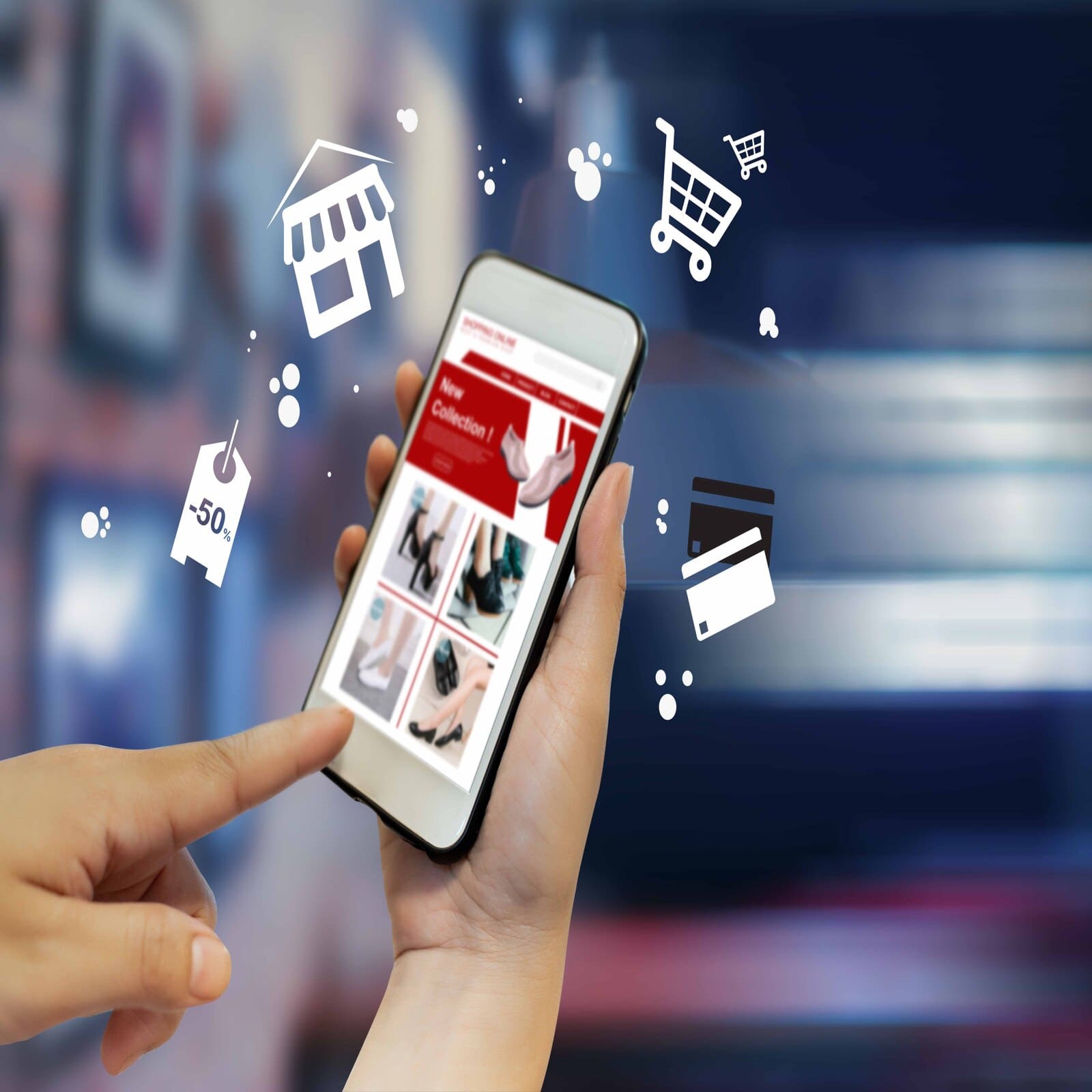
Grocery Shopping with a Smartphone
Filed Under: Best Practices, Market Research, Shopper, Grocery, Retail

Robert Relihan
About a year ago, I described how many smartphone apps could change the face of grocery shopping. I had been converted by Grocery Gadgets. It organized my planning and list making; it guided my trip through the store. I was focused. The experience was great. I was a more efficient shopper.
Well, I have been using Grocery Gadgets for about a year. I finally came up for air and looked at my fellow shoppers. During all of that time, I have yet to see a single individual using a smartphone while grocery shopping. Not a one.What’s going on? Where is the predicted mobile commerce revolution in the grocery store?
One answer, is that there are people out there going up and down the supermarket aisles guided by their smartphones and I just haven’t noticed them. It is also possible that the transition will take a bit more time. But, the mobile commerce experience, at least in the grocery store, still may be a work in process.
- Grocery Gadgets is a very elaborate shopping list. So are other grocery shopping apps. Even apps from the stores themselves are shopping lists connected to an electronic version of the weekly circular. Simply moving material from one medium to another is rarely successful. Something from the original medium is lost. What is simpler than a list on the back of an envelope stuck to the refrigerator door? And, it fails to take advantage of the strengths of the new medium. Reading the local newspaper on my smartphone was never very satisfying, but reading stories related to topics in which I am interested aggregated by Google News is fantastic.
- There is no feedback. The communication is all one way. I create a list, I select the items, and I check them off. Increasingly, consumers expect a sense of community in their mobile shopping experience. If I create a list of grocery items for my trip to the store, I should be able to see my friends who like the same things, and the store should tell me which of those items are on sale. Or, it should suggest alternatives that are on sale.
- Think about your grocery shopping. When you are in the store, what are the questions you have? Where is an item…or an aisle? What’s on sale? What flavor does my family really like? Which cut looks better? Which melon seems fresher? Is a 20 oz. bottle at $1.50 a better deal than a 12 oz. one at a $1? My grocery app cannot answer any of these questions. So, it is disconnected from my real in-store experience. To respond to my real needs in the moment, the store will need to be aware of me and my smartphone. And, if it can, I am likely to accept its tracking me.
- You do see people in the grocery store using their phone. They are calling spouses and asking them to clarify something on a list or asking what they can get instead something they can’t find. They ask children what they might like. In other words, real people use their phones in the store to be flexible. My grocery shopping app isn’t.
- Some shoppers insist that going to the grocery store is drudgery. But, I have talked to just as many who say a trip to the grocery store allows them to indulge themselves or their family. They may not be able to splurge on jewelry at David Yurman, but they can treat themselves to some fancy chocolate or gourmet cheese at the grocery for just a few dollars. Grocery Gadgets and its’ ilk make shopping more efficient. They also need to inject some fun into the process.
I am sure there are many more ways that the mobile commerce in the grocery store can become more engaging. Making me a more efficient shopper was great, but I want more. I want my smartphone to create a reciprocal relationship with the store that makes it a new experience every time I enter. At C+R, we are excited to explore what that means for you and your customers.
explore featured
Case studies
